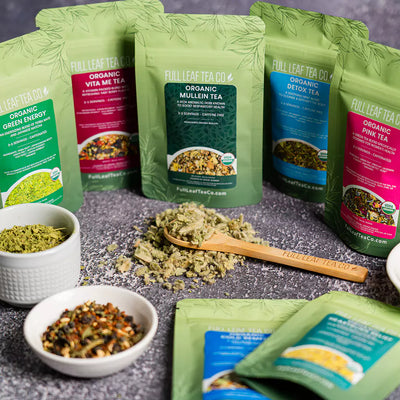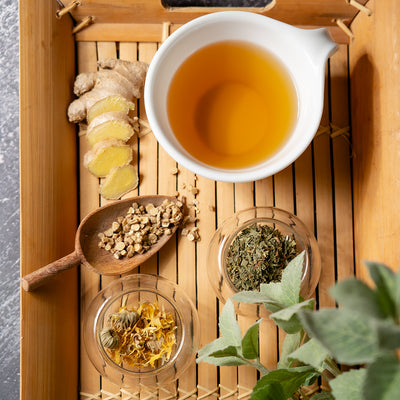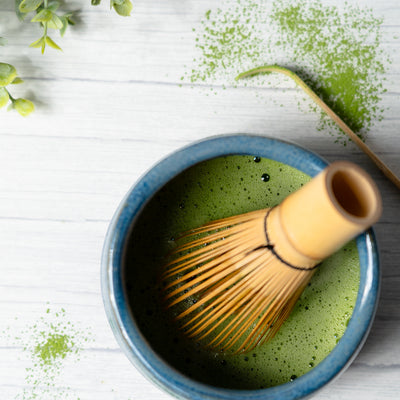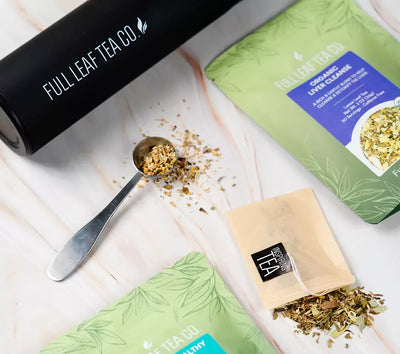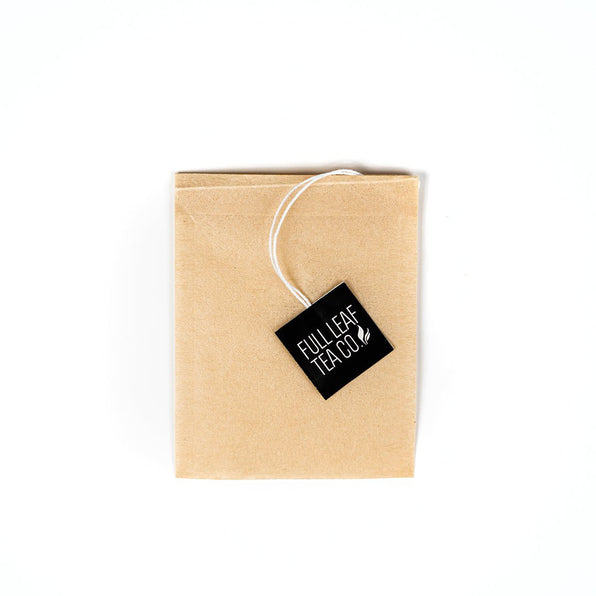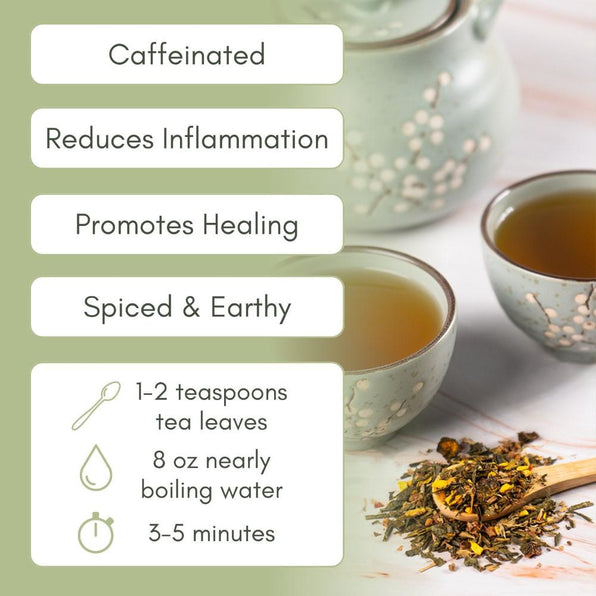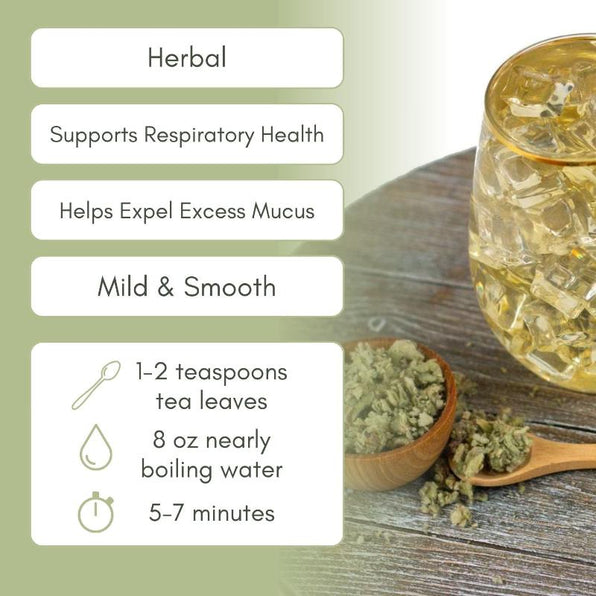Does Loose Leaf Tea Expire?
Loose leaf tea doesn’t have a hard expiration date, but it does gradually lose its flavor,
If you’ve ever found a forgotten container of loose leaf tea tucked away in your cupboard, you’ve likely wondered—does tea expire? While loose leaf tea doesn’t spoil in the same way perishable foods do, it does lose its freshness, flavor, and potency over time. Whether you’re a seasoned tea drinker or just starting to explore the world of loose leaves, understanding how long tea lasts and how to store it properly can make all the difference in your cup. In this blog, we’ll explore how to tell if your tea is still good, the typical shelf life of different teas, proper storage tips, and the telltale signs that your tea has gone stale.
Shelf Life of Loose Leaf Tea
Loose leaf tea doesn’t have a hard expiration date, but it does gradually lose its flavor, aroma, and nutritional benefits over time. The shelf life depends on the type of tea and how it’s stored, with some teas staying fresher longer than others. On average, loose leaf tea lasts 6 months to 2 years when stored properly.
Here’s a general guide to the shelf life of different types of loose leaf tea and herbal infusions:
Green Tea: Green teas are more delicate and prone to oxidation, so they lose freshness relatively quickly.
White Tea: White tea has a longer shelf life than green tea and may even improve in flavor over time.
Oolong Tea: Depending on oxidation level, oolong teas can maintain their quality for quite a while, especially roasted or darker styles.
Black Tea: Fully oxidized black teas are more shelf-stable and retain their bold flavor longer.
Herbal Teas (Tisanes): Dried herbs, flowers, and fruit pieces can last quite a while if stored in airtight containers away from light and moisture.
Matcha: Because it's finely ground green tea, matcha is especially sensitive to air, light, and heat. For best quality, refrigerate after opening and use within a few months.
Pu-erh Tea: Unlike most teas, pu-erh can be aged intentionally. Raw (sheng) pu-erh may improve over time, while ripe (shou) pu-erh is often good for several years if stored properly.
Yerba Mate: Yerba mate is fairly stable but will gradually lose potency. Keep it sealed and out of direct sunlight to preserve its flavor.
Even if your tea is technically “past its prime,” it may still be safe and enjoyable to drink. In the next section, we’ll look at how to tell if your tea is still fresh or if it’s time to toss it.
How to Tell If Your Tea Is Still Fresh
Not sure if your loose leaf tea is still good? The good news is that tea doesn’t spoil like milk or bread—it won’t make you sick. However, old tea loses its vibrant flavor, aroma, and health benefits. Here are some easy ways to check if your tea is still fresh:
1. Smell It
Fresh tea should have a strong, pleasant aroma that reflects its type—floral, grassy, malty, earthy, or spicy. If your tea smells weak, musty, or has no scent at all, it’s likely past its prime.
2. Check the Color
Loose leaf tea should have a rich, vibrant color. Faded or dull leaves can be a sign of age or improper storage. For example, green tea should look fresh and green—not gray or brown.
3. Examine the Leaves
Fresh tea leaves often have a springy, whole-leaf appearance. If your leaves look brittle, broken, or dusty, they may have degraded over time.
4. Brew a Cup
This is the best test! Steep your tea and take note of the flavor. If it tastes flat, bitter, stale, or just “off,” it’s time to say goodbye. Fresh tea should have a distinct, clean taste—even if it’s subtle.
5. Look for Signs of Moisture or Mold
If your tea has clumped together, feels damp, or shows any signs of mold (such as fuzz or an unusual smell), discard it immediately. Tea should always be completely dry.

A lack of flavor or aroma doesn’t necessarily make tea unsafe—but it does mean you won’t get the full experience (or benefits) from your brew. Up next, we’ll cover how to keep your tea fresh for as long as possible with proper storage practices.
Best Practices for Storing Loose Leaf Tea
To get the most out of your loose leaf tea—both in flavor and shelf life—proper storage is essential. Tea is sensitive to air, light, heat, and moisture, and even small exposures over time can dull its quality. Here are the best ways to keep your tea fresh:
1. Store in an Airtight Container
Air is one of tea’s worst enemies. Use airtight containers like tins, dark glass jars, or resealable pouches to protect your tea from oxygen exposure. Avoid clear plastic or glass containers unless they’re kept in a dark place.
2. Keep Away from Light
UV rays can degrade tea leaves, especially green, white, and matcha teas. Store your tea in a dark cabinet or pantry, or choose opaque containers that block out light.
3. Avoid Heat
Store tea in a cool, stable environment—ideally below 75°F (24°C). Avoid placing tea near stoves, ovens, or sunny windows, where fluctuating temperatures can reduce shelf life.
4. Keep It Dry
Moisture can ruin tea quickly and even lead to mold growth. Always use dry hands or utensils when handling tea and never store it in the fridge unless it’s matcha (and even then, keep it tightly sealed).
5. Don’t Store Tea Near Strong Odors
Tea is highly absorbent and can pick up smells from its surroundings. Keep it away from spices, coffee, or anything aromatic. A sealed container helps, but storing it in a neutral-smelling area is ideal.
6. Label with the Purchase or Open Date
If you have a variety of teas, it’s helpful to write down when you bought or opened each one. That way, you’ll know which teas to use first.

With just a few simple precautions, you can keep your teas tasting fresh and delicious for many months—or even years. In the next section, we’ll go over some clear signs that your tea may have gone stale.
Storage Tips for Specific Teas
While general storage rules apply to most loose leaf teas, certain varieties require a little extra care to maintain their unique qualities. Here’s how to store matcha and pu-erh for best results:
Matcha
Matcha is especially delicate because it's a finely ground green tea powder. Its vibrant flavor and health benefits can degrade quickly if exposed to air, light, or heat.
Refrigeration Recommended : Store unopened matcha in the refrigerator to preserve freshness. Once opened, keep it in an airtight container in a cool, dark place—or continue storing in the fridge if well-sealed.
Minimize Air Exposure : Reseal the bag tightly after every use or transfer it to a small airtight tin to reduce oxygen contact.
Use Quickly After Opening : For best flavor and nutrition, consume matcha within 1 to 2 months of opening.
Pu-erh
Pu-erh is unique because it can actually improve with age —especially raw (sheng) pu-erh. It’s often compressed into cakes, bricks, or loose leaves, and requires different storage than most teas.
Let It Breathe : Pu-erh needs a bit of airflow to age properly, so don’t store it in an airtight container. Use breathable wrapping like paper or cotton cloth.
Avoid Strong Odors and Humidity : Store in a dry, odor-free area away from light and moisture. A dedicated wooden tea cabinet or clean cardboard box works well.
Stable Environment : Avoid temperature swings. Keep pu-erh at room temperature in a consistently cool, dry area—not in the fridge or kitchen.
Final Thoughts
Loose leaf tea may not technically expire, but it definitely loses its charm over time. Understanding how long different teas last—and how to store them properly—can help you get the most flavor, aroma, and health benefits from every cup. Whether you're sipping a delicate green tea, aging a prized pu-erh, or keeping your matcha vibrant and fresh, good storage habits make all the difference.
Take a few minutes to check your tea stash, label your containers, and refresh anything that’s lost its spark. After all, tea is meant to be enjoyed—and a fresh cup is always worth it.

